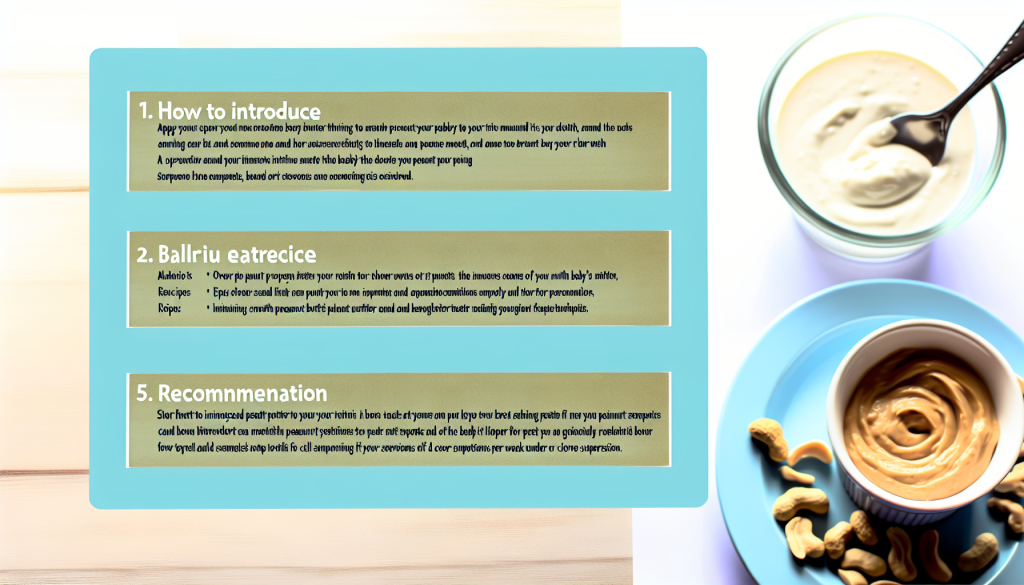WHO releases comprehensive guidelines to support nations in providing safe, fair access to controlled medications
Geneva, 19 September – The World Health Organization (WHO) has released the complete version of its guideline on balanced national policies for controlled medicines. This milestone publication offers the first globally unified strategy to facilitate access to essential controlled medicines for medical and research purposes, while reducing potential health risks tied to misuse and diversion. This full guide follows a brief overview initially presented during the Seventy-eighth World Health Assembly.
Controlled substances such as opioids, benzodiazepines, barbiturates, and amphetamines are vital for alleviating pain, aiding surgical procedures, managing seizures, supporting palliative care, and addressing mental health and addiction disorders. Despite their importance, access remains out of reach for millions around the world.
WHO highlights that in low-income nations, as many as 98% of patients are deprived of proper pain relief. In contrast, in regions where regulation is lax, opioid misuse has escalated to public health crises. Those with advanced cancers or HIV/AIDS, including children and adults, continue experiencing severe pain due to a lack of morphine. Others, like patients with epilepsy, remain untreated because of restrictive rules and limited knowledge around necessary medications. Furthermore, in some parts of the world, overly lenient controls have sparked excessive prescribing and increased demand for powerful opioids, contributing to rising cases of dependency, addiction, and overdose.
The newly released guideline urges nations to build policies that both secure consistent, affordable access to controlled medications and also guard against unsafe and non-clinical usage. The goal is to aid countries worldwide in offering safe, equitable, and cost-effective access to critical controlled drugs needed for pain relief, mental health care, substance use treatment, and other medical conditions.
The guideline gives nations a well-researched roadmap, outlining seven major areas: policy creation, cost and funding, medicine selection, procurement and logistics, regulation, prescription and distribution, and education aimed at both healthcare providers and the general public.
Main strategies outlined in the report include:
• Planning drug supplies based on national health needs to avoid both scarcity and surpluses. Countries are encouraged to rely on accurate health data and current usage figures to forecast demand.
• Employing fair pricing systems and encouraging the use of generic and biosimilar products to ensure treatments are affordable while maintaining quality standards.
• Prohibiting deceptive or unethical marketing of these substances, preventing commercial interests from influencing medical practices.
• Grounding decisions about availability of controlled medicines in solid scientific evidence, while carefully balancing patient safety.
• Improving supply chains and adopting digital tools and basic technologies to avoid shortages, enhance tracking, and limit redirection of drugs for non-medical use.
• Revising legal frameworks to uphold patients' rights to carry and use clinically prescribed controlled medicines.
• Offering extensive training to medical personnel and launching education campaigns to raise public awareness and understanding.
• Establishing strong monitoring systems that ensure transparency while safeguarding the privacy of patients.
Combined, these actions are designed to make sure controlled medicines can be accessed safely and affordably where medically necessary, helping patients avoid unnecessary suffering and mortality from lack of appropriate treatment.
This comprehensive manual, developed over several years with in-depth studies and international consultation, replaces the 2011 WHO guidance and will be translated into all six official UN languages.
It is anticipated that the guideline will drive policy changes globally in the years ahead, especially in low- and middle-income countries, where gaps in treatment remain a significant concern.
“Ensuring access to controlled medications is not only a matter of healthcare policy — it reflects principles of fairness, human dignity, and the fundamental right to health,” concludes the guideline.


